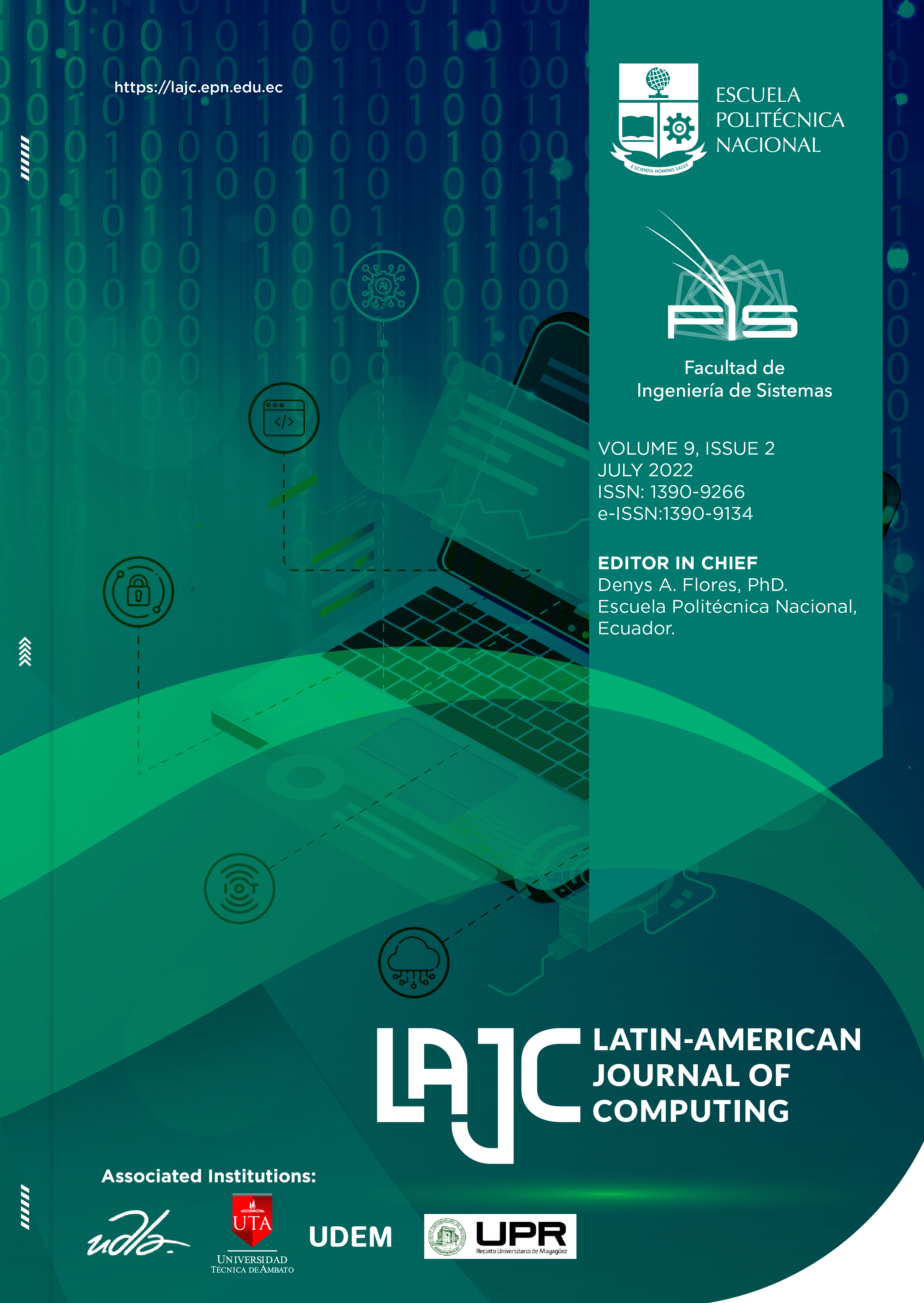Educational technology to teach lip reading: a systematic review of the literature
Keywords:
Lip Reading, Cued Speech, Deaf, Mobile Technologies, Extended Reality, Educational Methology, Educational TechniquesAbstract
The objective of this study is to identify the production of educational resources from scientific publications, web pages and mobile application store for the teaching of lip reading to the deaf, emphasizing the applied educational methodologies and the use of technology. The results refer to technological solutions supported by audiovisual elements and texts, leaving sign language in the background. The methodological approach applied is passive, combines synchronous and asynchronous media, uses low levels of gamification and extended reality, demands prior knowledge of reading and writing to interact with the tools that are oriented to the practice of vocabulary or phrases. The presence of mobile applications is minimal in relation to the number of web pages and projects derived from scientific productions to teach lip reading, in general they scarcely mention technical documentation of the projects unless they are the product of formal postgraduate studies.
Downloads
Downloads
Published
Issue
Section
License
Copyright Notice
Authors who publish this journal agree to the following terms:
- Authors retain copyright and grant the journal right of first publication with the work simultaneously licensed under a Creative Commons Attribution-Non-Commercial-Share-Alike 4.0 International 4.0 that allows others to share the work with an acknowledgement of the work's authorship and initial publication in this journal.
- Authors are able to enter into separate, additional contractual arrangements for the non-exclusive distribution of the journal's published version of the work (e.g., post it to an institutional repository or publish it in a book), with an acknowledgement of its initial publication in this journal.
- Authors are permitted and encouraged to post their work online (e.g., in institutional repositories or on their website) prior to and during the submission process, as it can lead to productive exchanges, as well as earlier and greater citation of published work.
Disclaimer
LAJC in no event shall be liable for any direct, indirect, incidental, punitive, or consequential copyright infringement claims related to articles that have been submitted for evaluation, or published in any issue of this journal. Find out more in our Disclaimer Notice.










